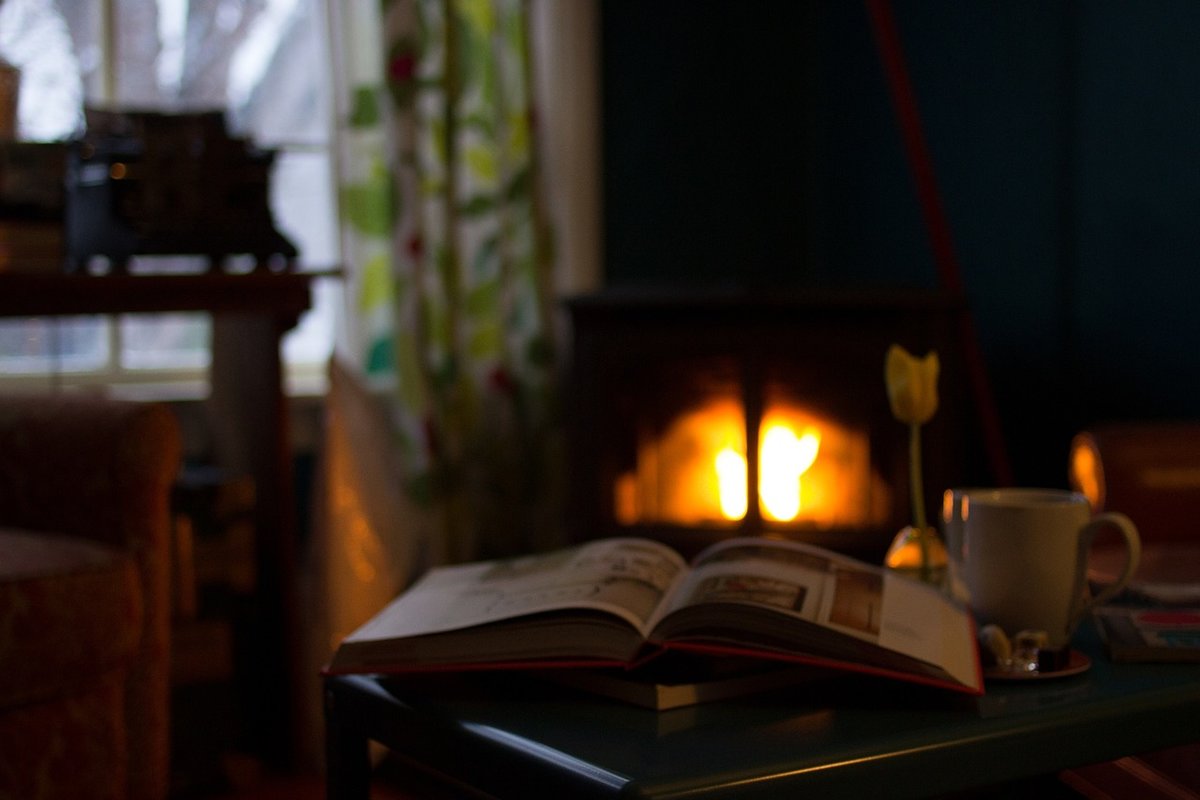
11/03/17
10 Tips for Wood Burning Fireplace Maintenance
Who doesn't love a nice, warm fire in the fireplace during the cold weather months? There can be many advantages to a wood burning fireplace, including saving money on heating costs and supplementing your main source of heat. At the same time, maintenance and service of your fireplace is of utmost importance. Some homeowners may not be aware of the exposures associated with fireplaces and chimneys until it’s too late and becomes a very costly repair.
To help you avoid the risk of a chimney fire, here are ten tips for wood-burning fireplace maintenance courtesy of DIY Network2:
- Have your wood burning fireplace inspected and cleaned by a professional chimney sweep at least once a year and more often if creosote builds up on the chimney walls rapidly. Depending on where you live, this can cost anywhere from $100 to $200.
- Between professional inspections and cleanings, monitor your wood burning fireplace for signs of buildup or other problems.
- Your chimney has a cap with open sides usually covered with mesh to keep rain, birds, squirrels, other animals, and debris from entering the chimney. The cap should be inspected regularly and replaced when necessary.
- Check the interior of your wood burning fireplace's chimney for creosote buildup.
- Also watch for soot buildup in the chimney of your wood burning fireplace. Soot is softer than creosote, flammable, and should be cleaned out of the chimney regularly.
- If possible, burn hardwoods like maple, oak, ash, and birch. The advantages of hardwoods are that they burn hot and long, have less pitch and sap, and tend to cause less creosote buildup. On the other hand, they generally are more expensive than softwoods.
- Anytime there is smoke indoors from your wood burning fireplace, troubleshoot and immediately correct any problems that you find. Possible causes of smoke are a dirty chimney with creosote or soot buildup, other debris in the chimney, a damper that isn't open or is only partly open, or wood that is not burning completely.
- To ensure wood burning fireplace safety, consider installing a stainless steel liner that will withstand even the highest temperatures and will keep the fire and its embers contained.
- To improve your wood burning fireplace's efficiency, consider installing heat-proof glass doors to protect against heat loss and a fan or blower to direct the heat into the room. Doors are also a safety feature, since they can keep live embers from escaping the fireplace into the interior of the home. Glass doors should be cleaned regularly with a paper towel and glass fireplace door cleaner.
- Clean your wood burning fireplace's interior, including its floor, regularly. Sweep out or vacuum up cold ashes. Wear a dust mask and gloves when cleaning the fireplace.


